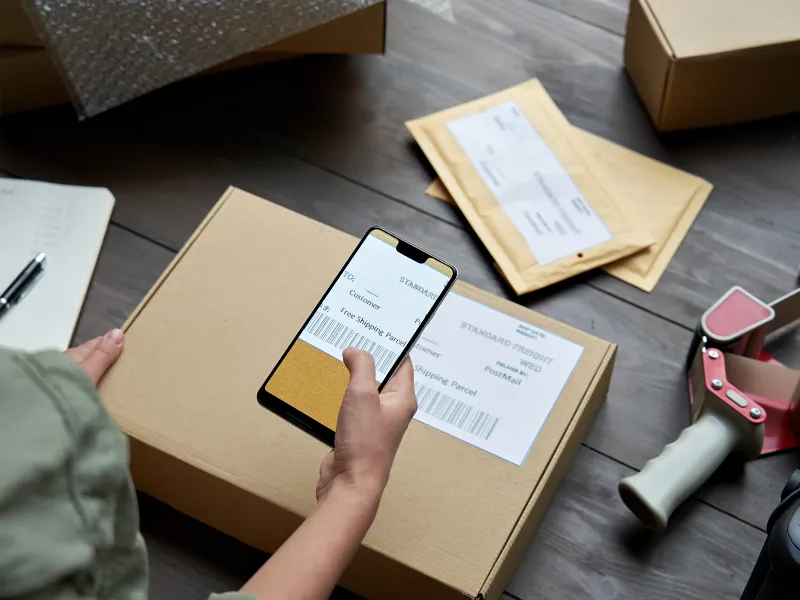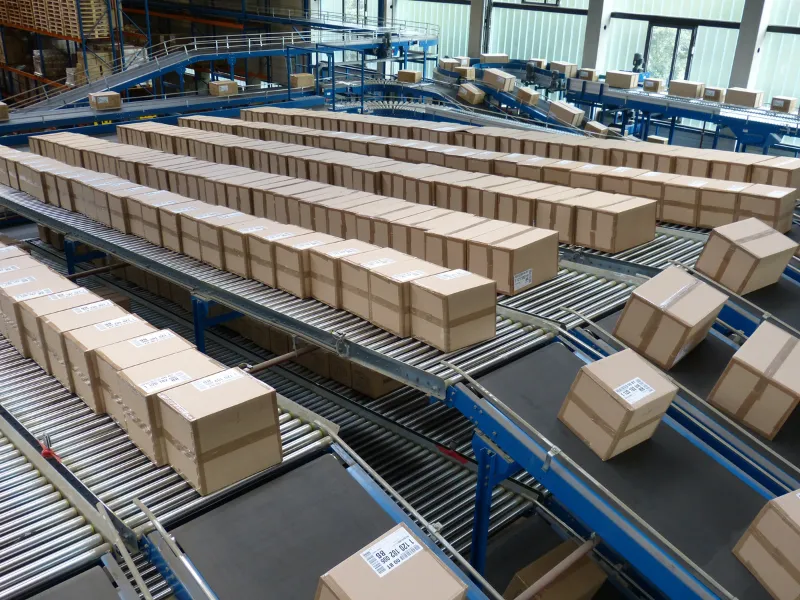Dropshipping fulfillment is the process of shipping products directly from a supplier to a customer without the seller holding any inventory. It differs from traditional e-commerce models where businesses store and ship products themselves. In this setup, the supplier handles fulfillment while the seller focuses on customer service and marketing.
Why Fulfillment Strategy Matters in Dropshipping
Having a strong fulfillment strategy is critical in dropshipping because customers expect fast and accurate delivery. Poor fulfillment can result in delays, negative reviews, and high return rates. A smooth process ensures that your business maintains a professional image and retains customer loyalty.
Choosing the Right Fulfillment Model for Dropshipping
Supplier-Managed Fulfillment

This model relies entirely on your supplier to pick, pack, and ship orders. It’s cost-effective and simple, especially for new sellers, but can be risky if the supplier is unreliable. Limited control over fulfillment speed and packaging quality is a common challenge with this model.
Third-Party Fulfillment Centers (3PLs)
3PLs act as outsourced fulfillment partners that store inventory and ship orders on your behalf. Using a 3PL improves delivery speed and offers better tracking options, which can enhance customer experience. This model is ideal for scaling your dropshipping business while maintaining high fulfillment standards.
Hybrid Fulfillment Models
Some sellers use a combination of supplier fulfillment and 3PL services to balance cost and control. For example, fast-moving products may be stored at a 3PL, while slower items are shipped by the supplier. This hybrid approach offers flexibility while improving fulfillment efficiency overall.
Key Strategies for Smooth Dropshipping Fulfillment
Syncing Inventory in Real Time
Real-time inventory syncing prevents overselling and keeps customers informed about stock availability. Software tools and platform integrations help track supplier inventory and automatically update your store. This ensures that fulfillment errors related to stock issues are minimized.
Automating Order Processing
Automation tools help streamline the entire order flow from payment confirmation to supplier notification. This reduces human error, speeds up fulfillment, and improves customer satisfaction. Integrating platforms like Shopify with supplier systems is key to building a hands-off fulfillment process.
Prioritizing Supplier Vetting and Relationships
Choosing the right suppliers plays a major role in consistent fulfillment performance. It’s important to test order accuracy, delivery times, and communication responsiveness. Building long-term relationships with trusted suppliers ensures smoother collaboration and fewer fulfillment disruptions.
Managing Returns and Customer Expectations
Have a Clear Return Policy with Your Supplier
Work closely with your supplier to agree on how returns will be handled and processed. A mismatch between your return policy and what your supplier offers can lead to customer frustration. Transparency about fulfillment responsibilities is key to reducing conflicts.
Communicate Shipping Times Transparently
Set realistic delivery expectations based on your supplier’s or 3PL’s capabilities. Customers appreciate honest timelines more than vague or misleading promises. Clear fulfillment information helps prevent complaints and builds trust with your audience.
Scaling Fulfillment As Your Dropshipping Business Grows
When to Upgrade to a 3PL

As order volume increases, supplier-only fulfillment may lead to delays or inconsistencies. Partnering with a 3PL allows for better scalability, faster shipping, and improved customer service. This shift can mark the difference between a stagnant store and a high-growth business.
Diversifying Suppliers Without Complicating Fulfillment
Relying on a single supplier is risky, so diversifying is smart—but it must be done carefully. Use centralized order management tools to handle multiple suppliers without confusing your fulfillment process. With proper coordination, you can scale without sacrificing efficiency.
Final Thoughts on Sustainable Fulfillment Success
Track key fulfillment metrics such as order accuracy, delivery speed, and return rates. These insights reveal weak points in your process and help guide improvements. Better data means smarter decisions for your fulfillment strategy.
The e-commerce landscape is always evolving, and so should your fulfillment methods. Test new tools, services, and shipping options to stay competitive. A willingness to adapt ensures your dropshipping fulfillment remains effective over time.

